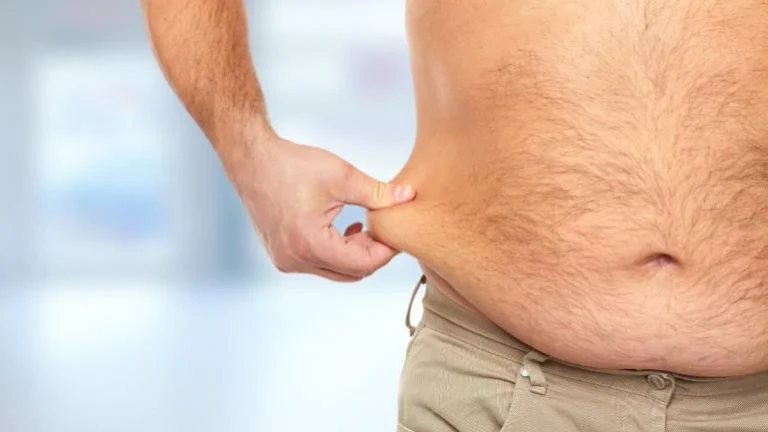The procedure can cause many side effects, and some people may even experience serious infection. These can include blood clots, infections, and a buildup of fluid in the lungs. Antibiotics may be prescribed before and after the procedure to prevent infection. Other risks include puncture of the abdominal cavity, damage to the spleen, and a toxic reaction to the solution used during the procedure. People with severe heart conditions, blood-clotting disorders, and pregnancy should not have liposuction.
Table of Contents
Infections
Although infections after Liposuction in Mumbai are rare, they can occur and can require additional surgical procedures. Although infections after liposuction are not usually serious, they can be life-threatening. Infections after liposuction are associated with the following:
Infections after liposuction can occur in patients with a history of diabetes, who have a higher risk of developing an infection after the procedure. The surgical site may become infected by a bacterial sullying. The surgeon may prescribe antibiotics to treat infections following liposuction if the patient experiences an infection. If the infection is significant, the surgeon will perform a secondary surgery to remove the infected area.
Swelling
After liposuction, you will likely experience some swelling. It may be painful, so it is important to keep a close eye on the swelling after the procedure. The amount of swelling varies by body position and level of activity. The upper arms swell more than other parts of the body. Holding the arms over the head will help reduce swelling. If you are having liposuction on your arms, this is especially important. Similarly, the thighs will be swollen after liposuction on this area. While this is a common side effect, it will be less noticeable once the tissues heal.
Swelling after liposuction will last at least two to three weeks. However, you can usually resume normal activities in this time frame. However, avoid overexertion for at least ten days. Overexertion will only increase the swelling and make the healing process longer. Do not exercise or expose yourself to sunlight for a few days after liposuction. Your doctor will also recommend an activity plan.
Seroma
The best way to treat a seroma after liposuction is to address it right away. Most seromas are small and will heal on their own, but if the seroma is large or if it requires medical attention, it is best to see a healthcare professional. Seromas that are not treated will heal and form a capsule that will require further surgery to remove.
Treatment for a seroma varies depending on the severity and location of the fluid collection. In small cases, the fluid will simply be reabsorbed by the body, so no treatment is necessary. Larger seromas, however, will require medical intervention. Your healthcare provider will likely perform an aspiration, or a needle inserted through the skin to drain the fluid. Repeated aspirations may be necessary, depending on the size.
Visceral perforations
Visceral perforations after liposurgery are devastating and even fatal. Careful technique is critical in preventing this complication. This study reviewed 19 case reports of abdominal visceral perforations. Most cases involved women, but a few were males. The patients underwent abdominoplasty and abdominal liposuction. The average number of procedures performed per patient. Most of the patients also underwent previous abdominal surgery.
There are many risks associated with this procedure. In addition to the risks of peritoneal tissue damage, visceral perforations can be fatal. Although most cases are treatable, there is no reliable way to diagnose and prevent visceral perforations. It’s crucial to be aware of potential complications before your procedure. To avoid these complications, it’s vital to follow your doctor’s instructions.
Infections after liposuction
Infections after the cost of Liposuction in Mumbai are rare, but can be serious. Infections after liposuction can occur due to undiagnosed or delayed surgical procedures. In some cases, an infection may be caused by bacteria that are found in the body. Necrotizing fasciitis, a type of infection that affects the subcutaneous tissue, may result in increased mortality. Surgical debridement may be necessary to treat this condition.
Infections after liposuction are possible complications that can lead to a recurrence of the procedure. One patient developed a staphylococcal infection that began as a local inflammation, but eventually progressed to an abscess. Postoperative antibiotics were ineffective, but a wound culture showed the presence. In a study, 13 cases of infection occurred in a two-month period. The facility also offered cosmetic procedures, such as Botox injections and laser tattoo removal. This facility was run by a non-plastic surgeon and performed the liposuction, despite the fact that he was not board certified in plastic surgery. His medical staff also carried an erythromycin-resistant organism, which may have caused the outbreaks.
Deaths from liposuction
In a recent review, a team of doctors in New York questioned the safety of liposuction, a popular cosmetic procedure that involves sucking out unwanted body fat through a tube. The procedure is a popular way to get rid of bulges and reduce fat around the waist. But the procedure is not without risk: in fact, deaths related to liposuction have been reported in five separate cases from 1993 to 1998. In addition, four of these deaths occurred in New York City, with a fifth case being referred to the office of the chief medical examiner.
Conclusion
While liposuction has increased in popularity in the past decade, its high risk for mortality has been questioned. One recent study found that one patient dies from liposuction every 47,415 procedures. That is much higher than the 16.4 deaths reported from motor vehicle accidents. This means that the procedure isn’t as benign as many people believe. This study does not account for performed by non-ABPS-certified surgeons, which may be causing a higher death rate.

